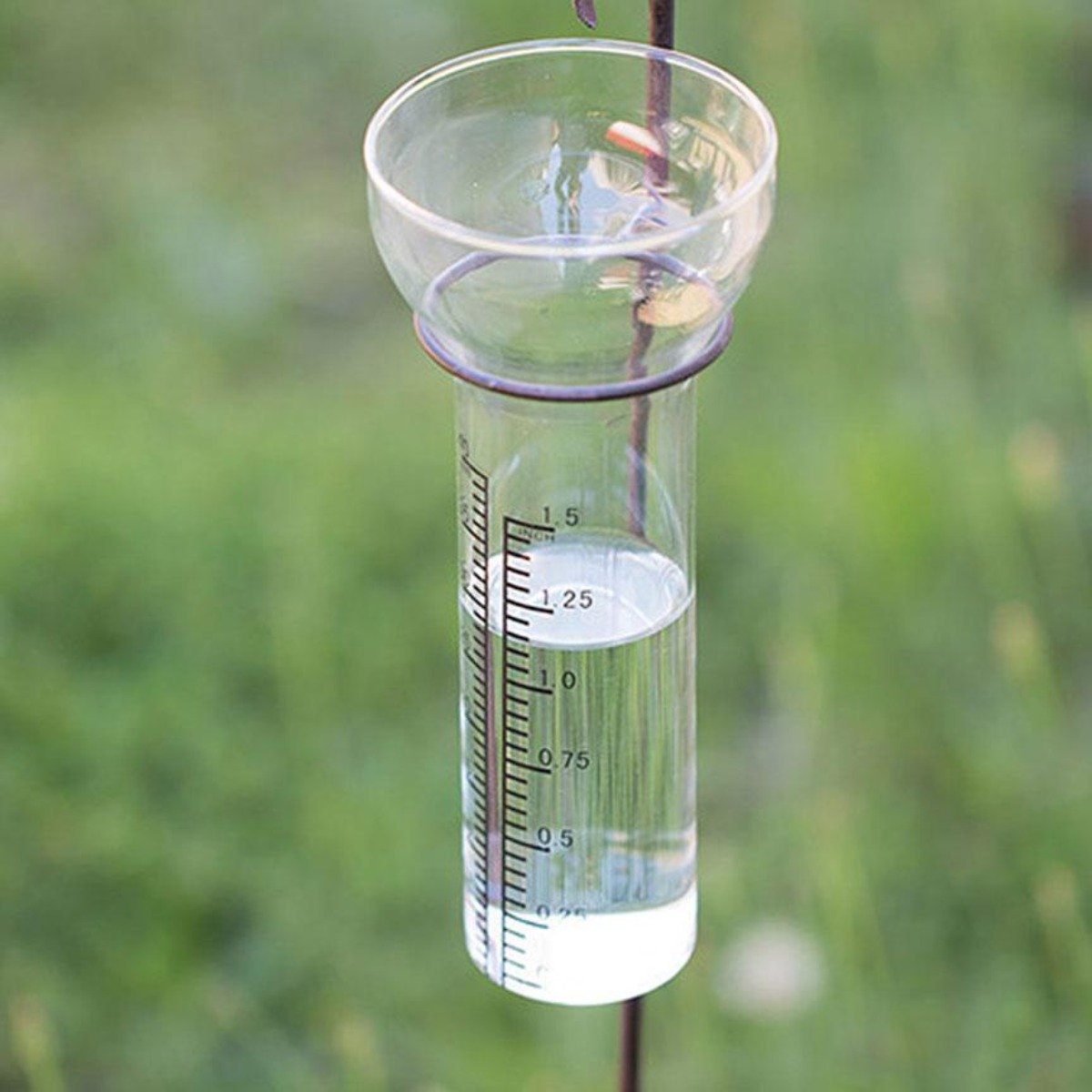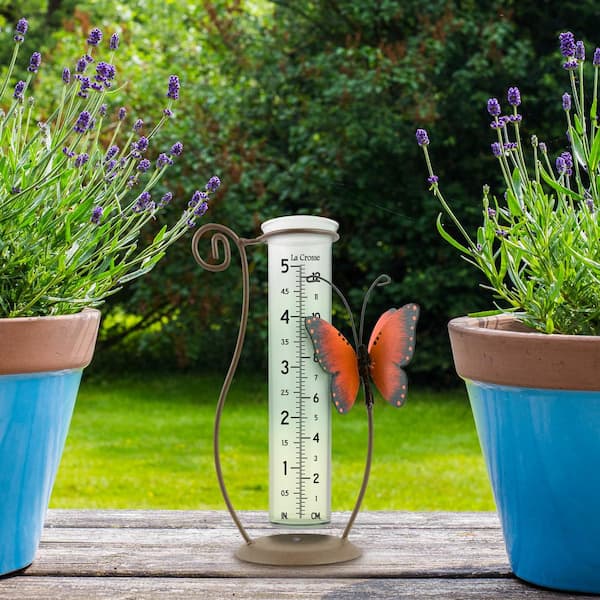Comprehending Rainfall Scale Measurements: A Total Guide
Recognizing Rain Scale Measurements: A Total Guide is an extensive source for any person looking for a deeper understanding of rain gauge measurements. Rain is an important aspect in different sectors, including agriculture, meteorology, and water source monitoring. This guide aims to offer readers with a complete understanding of the significance of rain scale dimensions, the various types of rain determines available, and just how these measurements are gotten and translated. Additionally, it discovers the factors that can influence the accuracy of rainfall gauge readings and offers practical ideas for obtaining precise dimensions. Whether you are a professional in the area or just have an inquisitiveness regarding rainfall dimension, this guide will certainly furnish you with the expertise needed to efficiently utilize rain gauge measurements.
The Relevance of Rainfall Gauge Measurements
The value of rain gauge dimensions exists in their role as an essential device for accurately keeping track of and examining precipitation levels - The Rain Gauge. Rain gauge dimensions offer useful data that helps meteorologists and hydrologists comprehend patterns and fads in rains, which subsequently help in numerous areas such as farming, water source management, and environment research study

Exact rainfall measurements are vital for agriculture as they help in figuring out watering requirements, crop growth, and return forecasts. Farmers count on this information to make enlightened decisions concerning when to sprinkle their plants, stopping water wastefulness and making certain ideal plant health and wellness. In addition, rainfall data assists in assessing the effect of dry spells or excessive rainfall on plant production, making it possible for farmers to take ideal procedures to reduce losses.
Water resource administration heavily depends on rainfall gauge dimensions to identify the quantity of water offered in storage tanks, lakes, and rivers. Specific dimensions allow water supervisors to make informed decisions regarding water allotment and distribution, making certain lasting use and preventing scarcities. This information is particularly crucial in regions where water scarcity is a pressing problem.
Furthermore, rainfall scale measurements play a crucial function in environment research. By precisely determining rainfall over extended durations, scientists can analyze long-lasting climate patterns and determine adjustments in precipitation patterns because of environment adjustment. This data helps researchers and policymakers create methods to adjust to and reduce the effects of climate change.
Kinds Of Rain Scales
There are various kinds of rain determines used to gauge precipitation precisely. Each type has its own benefits and limitations, making them appropriate for various functions and settings.
One of the most usual kind of rainfall scale is the typical cylindrical scale. It contains a round container with a wide funnel-shaped top to gather rain (The Rain Gauge). The water is then channelled right into a finished measuring tube, permitting specific measurement of the quantity of rainfall
Another kind is the evaluating rainfall scale. Evaluating rainfall evaluates are particularly useful in areas with icy rainfall or hefty rains, as they are not affected by sprinkling or evaporation.
Tipping bucket rainfall evaluates utilize a device that tips a little bucket each time it accumulates a particular amount of rain. The variety of pointers is taped and made use of to compute the rains. This type of scale is frequently made use of in automated climate stations because of its reduced maintenance needs and capacity to give real-time information.
Ultimately, there are radar-based rain assesses that use radar modern technology to approximate rainfall. These evaluates measure the intensity of rainfall in a particular area by evaluating the mirrored radar signals. They are particularly helpful for determining rainfall over huge locations or in remote places.
Exactly How Rain Gauge Measurements Job
Rain gauge dimensions are based on the principle of measuring the amount and gathering of rainfall. These instruments are developed to catch rainwater and offer an exact measurement of the rainfall in a specific location.
One of the most common kind of rain scale is the basic cylindrical scale. It is composed of visit site a cylindrical container with a broad opening at the leading to accumulate rain. The accumulated water is then channelled right into a gauging tube, which is adjusted to give the measurement in devices of length, usually inches or millimeters.
An additional kind of rainfall gauge is the tipping pail gauge. When they reach a particular weight limit, it makes use of a seesaw-like system with two pails that tip. Each idea of the pail represents a specific volume of rainfall, enabling accurate measurements.
Some advanced rain determines are furnished with digital sensing units that immediately record and transmit information. These sensing units use various innovations such as ultrasound or laser to gauge the quantity of rainfall properly.
Variables Impacting Rainfall Gauge Precision
Variables that can affect the accuracy of rain gauge measurements include various ecological and functional variables. Ecological aspects such as wind, temperature level, and air pressure can dramatically influence the precision of rainfall scale dimensions. Strong winds can create the rain gauge to turn or relocate, leading to unreliable readings. Severe temperatures can cause dissipation or freezing of the gathered rainwater, leading to altered dimensions. Modifications in atmospheric stress can also influence the precision of rainfall gauge dimensions, as they can change the rate at which rainfall is collected.
Operational variables, on the other hand, describe variables connected to the design, setup, and maintenance of the rain gauge. The placement of the rainfall scale in an area with obstructed air movement or near trees or buildings can cause incorrect readings due to blockage or splattering of rainfall. Inappropriate calibration or uneven maintenance of the rainfall gauge can likewise impact its accuracy.
To guarantee the accuracy of rainfall scale measurements, it is necessary to take into consideration these elements and take proper steps. This may include picking a proper location for the rain gauge, ensuring appropriate setup and maintenance, and routinely adjusting the tool. By attending to these aspects, exact and trustworthy rains measurements can be acquired, which are critical for numerous applications such as weather condition forecasting, hydrological research studies, and agriculture.
Tips for Accurately Gauging Rainfall
To make certain exact rains measurements, it is essential to execute details strategies and methods when using a rainfall gauge. Below are some suggestions for properly measuring rainfall:
Correct Positioning: Position the rain gauge in an open area, far from trees, structures, and other obstructions that might disrupt the rains collection. It must be placed on a level surface to prevent water merging or overflow.

Review the Range Correctly: When taking dimensions, reviewed the water degree at eye level from the base of the curve. Prevent parallax mistakes by straightening your view directly with the water level.
Consistent Time Period: Set a consistent time interval for gauging rainfall, such as every 1 day or after each rainfall event. This guarantees exact tracking and comparison of rainfall navigate to these guys data.
Document Measurements Without delay: Tape rains dimensions as soon as feasible after collection to avoid evaporation or splilling. Make use of a rainfall gauge with a built-in information logging feature for automated recording.
Verdict
In final thought, comprehending rain gauge measurements is essential for accurately gauging rainfall. Various sorts anonymous of rain determines are offered, each with their own advantages and constraints. It is essential to think about variables that can affect the precision of rainfall scale dimensions, such as dissipation, wind, and positioning. By following the suggestions provided, one can guarantee extra accurate and dependable rainfall measurements.
Recognizing Rainfall Scale Measurements: A Complete Overview is an extensive source for anyone looking for a deeper understanding of rain gauge measurements. Whether you are a professional in the field or just have an interest regarding rains measurement, this guide will certainly furnish you with the knowledge needed to efficiently use rainfall scale measurements.
The most usual kind of rain scale is the basic cylindrical scale.The most common type of rain gauge is the standard round gauge.An additional type of rain gauge is the tipping bucket gauge.